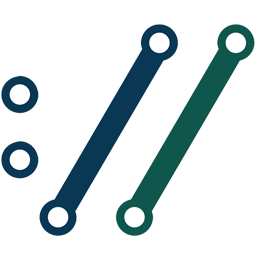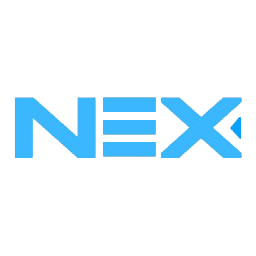Streamline your data management process with the Nex Forms + CURL integration
Does Nex Forms integrate with CURL? Yes, thanks to our tool! LeadsBridge is a reliable integrations platform that supports you with 380 integrations. Start now connecting Nex Forms and CURL
WHAT YOU CAN DO WITH Nex Forms AND CURL
DOCUMENTATIONStreamline your data management process with the Nex Forms + CURL integration


